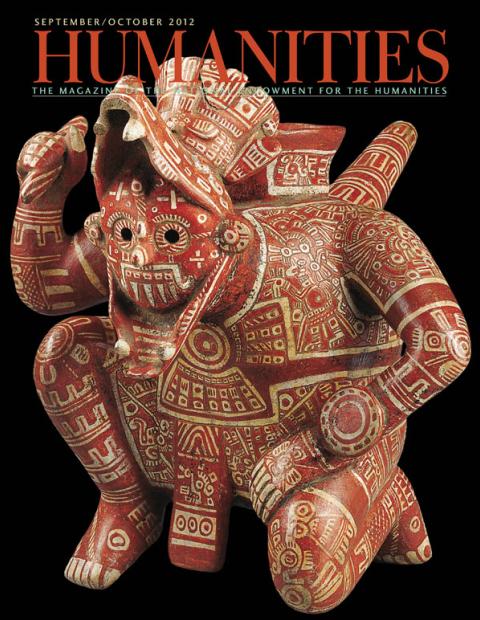“Artists Require Patronage,” writes Michael Sartisky in A Unique Slant of Light. This new book from the Louisiana Endowment for the Humanities aims to cover the evolution of two hundred years of art in the region, marking Louisiana’s bicentennial of statehood. But it does so much more. Through scholarly essays and features on 275 artists, it gives a sweeping history of the state, from tumultuous colonial times when New Orleans was passed back and forth between European powers to its devastation in the Civil War and its rebirth as a hotspot for literary and artistic production.
From the beginning, New Orleans was destined for trade. Straddling the Mississippi, it gave access to the lucrative river network of North America and to the rest of the world through the Gulf of Mexico. As early as 1720, French artist François-Gérard Jollain made a watercolor engraving Trading Between Indians and French at the Mouth of the Mississippi River, showing a hubbub of activity and a free mixing of all kinds of peoples. Despite floods and fires, failed companies and Indian massacres, New Orleans was established as the capital of French Louisiana in 1722. By the 1760s it was transferred to Spanish rule, overseen by an ironfisted Irish general, then handed back to the French in 1800, and sold to the Americans in 1803. Under all the regimes, there was a steady output of portraiture for the prominent families of the region of all creeds and colors—French, Acadians, free people of color, English, Canary Islanders, Spanish, and “Haitians of two races who had fled slave revolts in Saint-Dominique.”
European-style portraiture continued to be prevalent through the antebellum period as Louisiana and New Orleans gained affluence and stature among American cities. It all changed, of course, following the Civil War. Reduced to poverty, with a social structure turned upside down (in fact, reconstruction brought worse conditions for formerly free blacks in the state), Louisianans seemingly found more comfort in idealized landscapes of an imagined past. This is also the period when New Orleans had a renaissance in extravagant Mardi Gras celebrations. This “opera of the streets” continues today, of course, but its heyday was in the late nineteenth and early twentieth century when artists such as Bror Anders Wikstrom (a Swedish-born painter and a founder of the Art Association of New Orleans) designed spectacular pageants and costumes like The Dragon’s Treasure, 1898, in which a ferocious dragon’s head and body formed a cave overflowing with riches and guarded by sumptuously adorned princes of the Orient.
Outside of parades and balls, this “love of the fantastic” often combines with traditional subjects in the work of a new generation of Louisiana artists. You can see it in Bruce Brice’s colorful 1996 adaptation of the Mardi Gras Zulu, or in Judy Cooper ’s outrageous portraits of local color, such as Banana Man, or in the gritty landscapes of Simon Gunning—no longer idealized but still full of longing and care.


